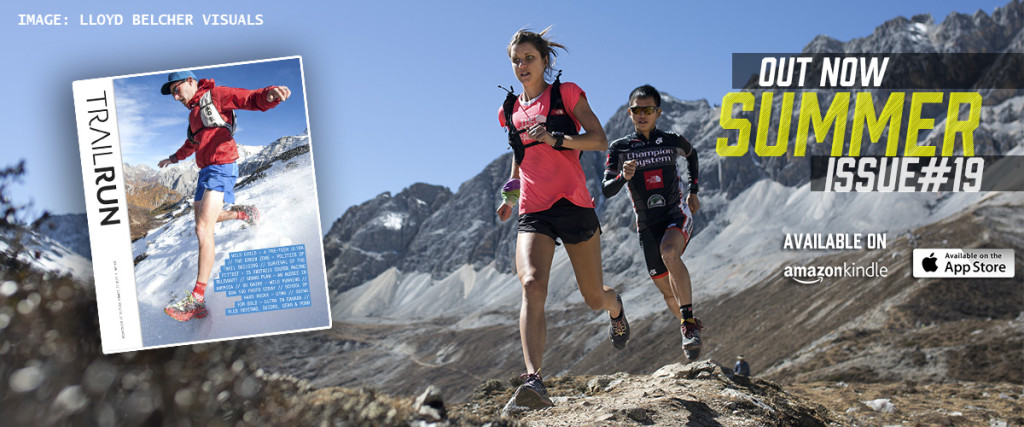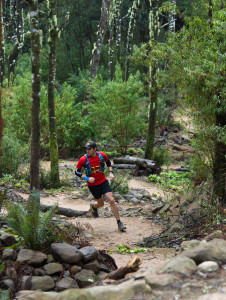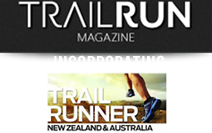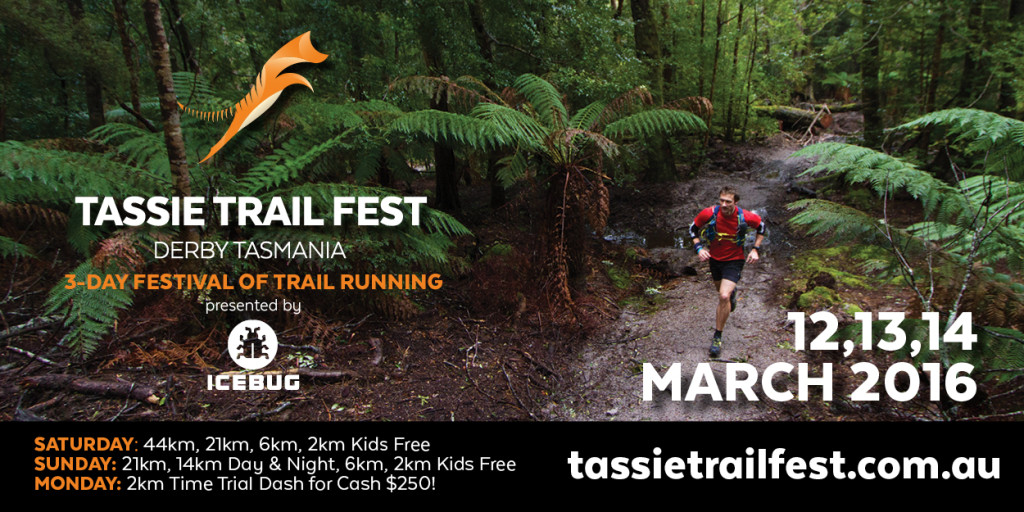Technique is about the little things, but also about the big things, like keeping you in the game in the first place, says TRM Australia Editor, Chris Ord. [This is the AU Editor’s editorial from the recently released TRAIL RUN MAG #19, out now. Download for FREE here.]
A general thirst for adventure led me to trail running. But technique has kept me in trail running.
I was a generalist outdoorsman – expert at nothing, dabbler in everything. Trekking, paddling, mountain biking…whatever it was, so long as it was in the Great Outdoors.
Blame a youth spent in scouts under a scout master who threw notions like uniforms, badge collecting and honouring the Queen and Country out of the tent flap in favour of midnight madness mega-hikes and coasteering without ropes or helmets. Thanks for that, Dad (he’d never get away with it these days).
If there was a running influence, perhaps it was that same scout master (I was never allowed to call him Dad, it had to be his scout name – Suba – taken from the first half of the name of his work car. His lieutenant’s name was, of course, Roo). Suba/Dad punched out eight or so Melbourne Marathons in his day. Never broke three and a quarter, however (3:17 was his peak performance). Perhaps the trail thing was seeded obliquely back in a youth spent cross-country running, the only sport I was anything better than below average at.
But I was not a runner. At least I didn’t call myself a runner.
So when I came to trail running – not much prior to the beginnings of this magazine – I had long lost the elasticity and supernatural recovery powers of youth. I loved being out on trail, in the bush, an environment in which I had spent so much time. But my running was hopeless. I could headstrong it through the distance. But I soon paid the price of absolute ignorance: ongoing, unabated injury. ITB was the worst, but my knees felt like I had severe osteoarthritis (or what I imagine that to feel like) – something akin to metal grinding and ceasing. It sounded bad, it felt worse. Running to the top of some steps I clearly remember stopping, and inching down like a decrepit old man. I was in my mid thirties at the time. My boss of the day bounded off ahead. He was around the same age. I thought that was me done with running before I even really started. That realisation was wrenching. I wanted to run. I’d spent a mid-life doing all sorts of adventurous things, but not running. And now I’d found it (or rediscovered it if you count the cross country), I wanted it badly.
So I did what any idiot runner does. I bulldozered on through the pain. I ran anyway. No idea why things just got worse. No idea why I didn’t consult anyone. Not a physio, not a biomechanist, not a coach of any description. Not even a running buddy.
Then I did what any other runner does do. I consulted not someone, but something. Hello Doctor Google.
Now, Medi-Googling is not to be recommended. But somehow it did indeed start the journey to rehabilitation by exposing me to one important thing: the idea of technique. I didn’t even know there was such a thing – as stupid as that sounds. I read up on how to run, even though I thought I knew. I mean, we run from the day we can walk, why do we need to learn any more about it? Okay, if you’re an elite, I would accept that technique makes you faster. But I wasn’t trying to get faster, I just didn’t want my knees to lock up whenever I took ten paces.
Following the black hole of tangents that can swallow days on the Internet, I ended up reading about form, Chi running, gait, cadence, barefoot, body position, breathing, core, arm swing. And I took none of it in. This is the danger of the Internet: awash with so much information, yet so little of it sinks in.
One thing that did stay with me was the danger of overstriding and heel strike. I leant forward a little. I started stepping on my mid-to-fore foot. Smaller, more nimble steps. It felt awkward, wrong, laborious. But then I left the screen and started my studies in real life. On a hill in Victoria, I watched elite runner Matt Cooper glide through the bush. Easy, with grace, and a smile. I wanted to float like he did.
In the mountains of Nepal, I watched, me the broken runner still ascending on an out and back, ultra star Lizzy Hawker springing down the boulder field, rock to giant rock, her wrists limp, arms out in front like a kangaroo, feet tap dancing. It was a flow of easy, efficient movement I instantly likened in my mind to Fred Astaire, Singing in the Rain. This at 4000 metres and 100km along the trail. She, too, was smiling.
And so it was that I decided to take my running lessons in the school of observation. I soaked up other’s technique – watching, feeling, and admiring. I chose my subjects by their lightness of being and their smile.
I banked away in my mind images of those runners. On a downhill bomb, I’d project visions of Lizzy’s (and Fred’s) dancing onto my own technique. Weaving along flowing singletrack, I’d get my shoulders back, engage the core, float over the earth, just like Coops. And, of course, I’d smile.
For me it was not about speed, nor winning, nor times, or even comparing performance against performance. It’s not even about being the best runner I can be, in a way.
What it has been about is seeking a more natural, effortless flow so that I may tap into and enjoy the more ethereal aspects of running: the seeing, the smelling, the feeling. If I make it easy on the effort, through technique, I get to relax and enjoy the ride a whole lot more.
And it’s about longevity. I’m not alone in not getting any younger. And the older I get, the more aware I am of my limited lifespan. Not just generally, but specifically as a runner. And my worry is that my lifespan as a runner will end before my lifespan as a human. And I don’t want that. I want to die on my feet. Running. In the wilderness. With a smile on my face. Thankful for the technique that allowed me to pass away while still moving freely in the environment that makes me feel so alive. Yes, I’ll die running and smiling wildly. Until that time, I’ll keep watching others who radiate effortlessly through nature and try my best to follow in their footsteps, so light they are.
Your observant editor,
Chris Ord, AU










